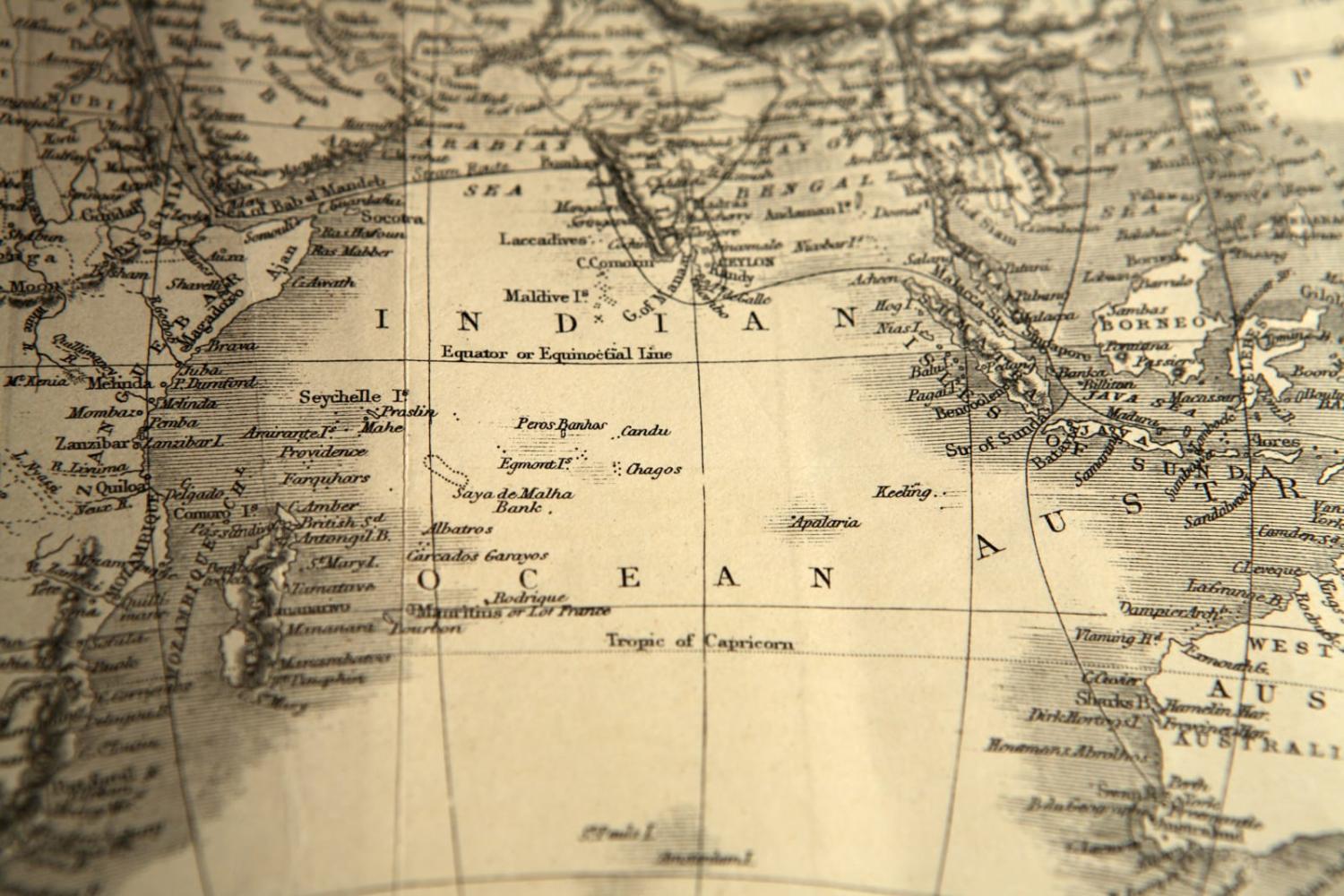When an Indian navy Kilo class conventional submarine docked in the Indonesian capital Jakarta earlier this year, an observer in The Jakarta Post was moved to argue that Indonesia and India “share similar visions for an inclusive, rules-based, and stable Indo-Pacific”.
The two countries share water frontage, that much is true, gazing across the Indian Ocean. India’s Nicobar Islands are located just 150 kilometres northwest of Indonesia’s westernmost Aceh province. And at the diplomatic level, there is no doubt that the two countries have robust ties stretching back to the earliest days of national independence, although other analysts argue the connection has been rather patchy.
Two of the world’s most populated nations, as well as the world’s two largest democracies, also have social ties reaching back centuries. The Indonesian archipelago was heavily influenced by Indian cultures and food. Popular Indonesian dangdut folk music has connections with Hindustani varieties. More recently, Bollywood films and music have won big audiences in Indonesia.
Yet despite this shared history, modern people-to-people connections between the two countries are sluggish.
To start with, there is no direct flight between Indonesia and India. The national carrier Garuda Indonesia once flew between Jakarta and New Delhi but the service lasted only a couple of months in 2016 before being suspended. Indonesia’s Tourism and Creative Economy Minister Sandiaga Uno recently said he hopes that a direct flight would resume this year to facilitate Indian tourists. The number of Indians visiting Indonesia is relatively small, compared to tourists from other countries. Data shows Indians comprise just over 4% of foreign tourists visiting the country, far behind tourists from Malaysia (15%), Australia (13%) or Singapore (13%). The percentage of Indonesian tourists visiting India of all foreign tourists visiting the country does not even make the top 10.

These days, the presence of Indonesians of Indian descent is also barely felt. In neighbouring Singapore or Malaysia, many Indian community pockets – known as Little India – can be found. In Indonesia, only two Little Indias are known: in Central Jakarta and in Medan, where the number of residents descended from other ethnicities such as Chinese or Malay outnumber Indonesians of Indian descent.
The political influence of the Indonesian-Indian community is also far smaller. To date, there has been no Indonesian of Indian descent who has held a political position such as a minister, governor or even mayor – again, unlike the experience in Singapore or Malaysia.
The 2022 Lowy Institute Indonesia Poll also showed that as a country, India fared rather unfavourably in terms of how Indonesians view the world. The poll shows that only 41% of Indonesians report trust in India, a 17-point drop since a previous Lowy Poll in 2006.
But there are always exceptions. Indonesians of Indian descent have made a name as celebrities in the movie and TV business. And the things that can still connect people are language and movies.
It is estimated that Bahasa Indonesia borrows 750 words from the Sanskrit language, which originally comes from India and is one of the 22 scheduled languages of India. Bollywood movies also still have a special place among Indonesian movie lovers. According to the same Lowy survey, 14% of Indonesians said they enjoyed Indian pop culture the most, over that of Japanese (10%) but below South Korean pop culture (20%) and American pop culture (15%). Bollywood movies gained popularity in Indonesia in the 1990s, peaking in 1998 when the movie Kuchh Kuchh Hota Hai featuring superstar Shah Rukh Khan became a smash hit. Indian television dramas have also recently gained popularity in Indonesia.
But take away the celebrity, and it’s hard to believe that India and Indonesia had even been close.

